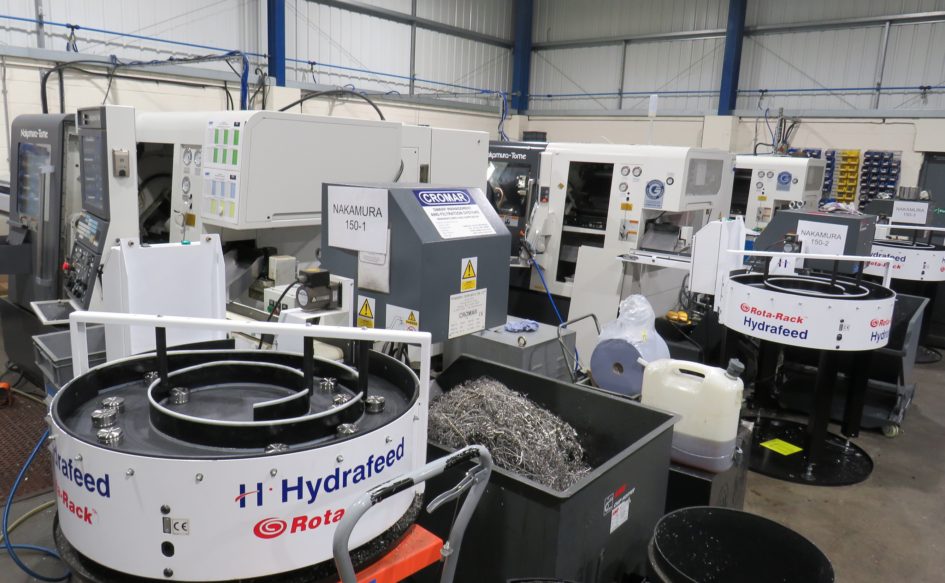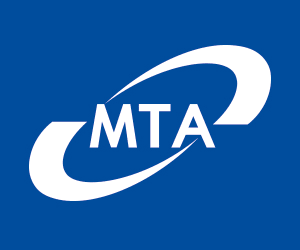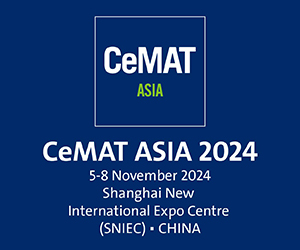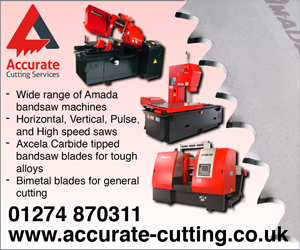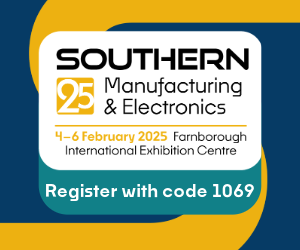When HPC Services Ltd was founded in 1997, the company started with a single sliding head-turning centre. Since that point almost 25 years ago, the Ilkeston company has invested heavily in sliding head-turning technology for small part turning – but for almost everything outside the dimensional realms of sliding head machines, the Derbyshire subcontractor has put its faith in turning centres from Nakamura-Tome. Supplied and supported by the Engineering Technology Group (ETG), the Nakamura-Tome machines at HPC have provided productivity and flexibility for everything from simple to complex turning as well as the machining of prismatic parts from bar.
“I think we bought our first Nakamura machine around 2003-4, and we’ve had them ever since,” recalls Paul Cobb, Managing Director at HPC Services Ltd. Now with five Nakamura-Tome turning centres on the shop floor, the subcontract manufacturer invested more than £600k in three machines less than 12 months from August 2018 to June 2019. The Nakamura WT100 and two WT150II machines followed the July 2017 arrival of a smaller Nakamura AS200 MY turning centre with live tooling and a Y-axis facility. At that time, Paul said: “As a subcontractor, you don’t know what is going to come through the door on any day, so these machines are perfect for us. We mostly use them for making mill/turned parts, on medium-sized production runs from a few hundred parts to a few thousand, that is a real sweet spot for us.”
As part of the Hemlock Group of companies, HPC has more than 17 turning centres and 25 staff that are producing components for the industrial equipment sector. This ranges from fire suppression equipment, printing machinery, scientific devices, packaging machinery, camera equipment and braking systems for the rail industry. The company typifies the subcontracting sector with its diverse workload, the variety of sectors it supports and the expansive diversity of materials it machines and the services provided. To support the diverse requirements of industry, the company has added yet another Nakamura-Tome turning centre, a Nakamura WT150IIF that arrived shortly before Christmas.
Confirming why the Nakamura-Tome turning centres are so popular, Paul Cobb says: “A few years ago Nakamura dramatically upgraded the older machines with new controls and much more rigid and powerful driven tooling. These machines were really good before, but now they have changed the game – and I think we had to invest in the new technology when it came out. As a business, we’ve had a programme of investment where we have built up our Nakamura machines over the last couple of years and the latest machine is testament to both the success we’ve had with the Nakamura machines and our investment programme.”
Before the investment drive in new Nakamura machines, HPC Services Ltd previously had the older models of the Nakamura brand. Referring to this, Paul says: “The residual value of these machines is unbelievable. We recently sold one Nakamura machine 13 years after we first purchased it, and we sold it for 50% of the price that we bought it for. The loss you make each year really isn’t that much. It caused a problem when we sold the machine because we had written it down so low year-on-year and when it came to selling the machine, we actually made a profit.”
Discussing the difference between the twin-spindle twin-turret Nakamura-Tome WT100 and Nakamura Tome WT150IIF that both have Y-axis capability, Paul continues: “The WT100 is a smaller machine, which makes the kinematics and movement a little bit quicker. However, it isn’t quite as versatile as the WT150II machines or the new WT150IIF that has more power on the tooling stations. The other obvious difference is the bar diameter, we can get 46mm diameter bar WT100 machine whereas the WT150II machines can accommodate bar up to 65mm.”
“The Nakamura machines have a lot of versatility and the ability to throw a lot of driven tooling stations at the components. So, if you want to make fully milled parts with complete automation, you can. For example, it can be quite difficult to automate a machining centre, but if you can mill a prismatic component out of round bar, you are better off making the parts on a Nakamura machine. We do quite a lot of that type of milling work on the Nakamura machines.”
“Additionally, you don’t want to be putting your turned components onto milling machines after they have been turned, as it can knock all your geometric relationships out. So, if you can make components in a single operation on a turning centre with all the complex milling and drilling, the quality of the finished part is far superior. Furthermore, the cost per component comes down as there is less handling of the parts.” This is exemplified by the set-up of the latest Nakamura machines that are all equipped with barfeed systems and a part accumulating Rota-Rack system from Hydrafeed. This configuration permits unmanned machining for upwards of 18 hours.
Referring to the simple components, Paul says: “The machines are also suitable for the simple component runs too. The Nakamura machines are very capable machines that do not take long to set up with the new control system, this makes them suitable for simple components. To make these machines justifiable on simple parts, we tend to do a minimum batch of 50 to 100 – that is our entry point for balancing productivity rates against setup times.”
Alluding to the flexibility of the Nakamura-Tome, Paul states: “We have a really good team of people. This includes two or three highly skilled people and a couple of apprentices, and they are all perfectly capable of setting these Nakamura-Tome machines. This gives our business the ability to switch components on the machines every day if we want.” A statement that is surely a testament to the new CNC control interface on the Nakamura machines.
HPC Services has been delighted with the enhancements to the new models in the Nakamura-Tome range in terms of stability, rigidity and performance, but nowhere is this better emphasised than in the new Smart X CNC control panel. Working on a Windows platform, the FANUC based control system introduces a multitude of innovations that are presented by a user friendly and intuitive touch screen interface. Some of the new technologies include a 3D Smart Pro AI system that automatically analyses CAD models to determine geometries, cutting tools and paths as well as machining sequences. From this, a CNC program can easily be created to slash programming times and set-ups.
The Smart X system also introduces the NT Thermo Navigator that uses AI-based machine learning to compensate for thermal growth to improve machine set-up and run times as well as precision. The CNC unit also incorporates a simulation and overload function, the NT Work Navigator and an Industry 4.0 interface for complete connectivity.
Discussing the new format of the CNC control system on the Nakamura-Tome machines, Paul says: “The old control systems were much more complicated. This new format has simplified the whole programming process and this is because a lot of it is feature orientated. So, if you are pocket machining or anything like that, there are a lot of cycles built into the system and a lot of mathematical help to support you for working out dimensions and corners. This is all built into the new control system. This means that you don’t have to use a CAM system. We have actually looked at CAM systems, but we discovered that we don’t need one. Everything we need is built into the Nakamura Tome CNC control system. For everyday prismatic parts, the CNC control on the Nakamura is perfect.”
Referring to the support provided by the Engineering Technology Group (ETG), Paul says: “We get fantastic support from ETG, we wouldn’t even think about buying a machine of this type if we didn’t have that level of support. If you are running these machines for 18 to 20 hours a day, things will go wrong eventually, so you do need support – and when you do need support you need it quick as well. We’ve used Nakamura machines for years, and we really wouldn’t change, to be honest.”


